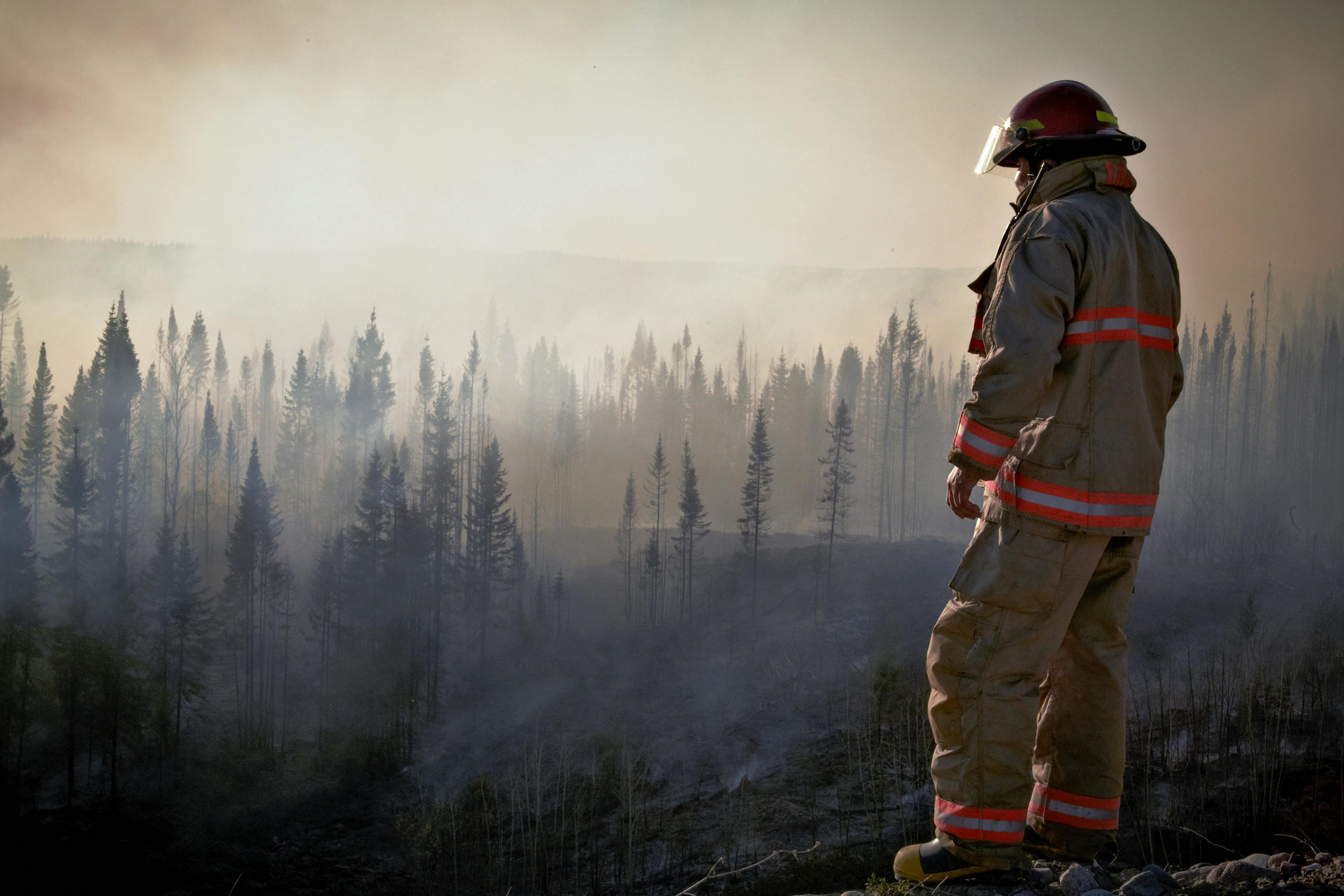
Los Angles (Enmaeya News) — According to a recent article by Bloomberg, wildfire smoke poses a significant health and economic threat, beyond the immediate destruction caused by fires. In Los Angeles, worsening air quality due to massive wildfires has forced nearly 180,000 people to flee their homes and destroyed over 10,000 structures, with estimated insured losses reaching $20 billion. However, the hidden costs linked to smoke-related health impacts, such as respiratory and cardiovascular issues, are equally concerning, with studies estimating billions in annual healthcare losses.
Toxic pollutants in wildfire smoke, including ozone, carbon monoxide, and fine particulate matter (PM2.5 and PM0.1), can penetrate deep into the lungs and bloodstream, increasing risks for diseases such as Covid-19, influenza, and pneumonia. Additionally, exposure has been linked to long-term health effects, including dementia, pregnancy complications, and increased mortality rates, particularly among vulnerable populations such as children, the elderly, and those with preexisting conditions.
Beyond immediate health effects, wildfire smoke disperses far beyond fire zones, exacerbating public health crises across regions. Research estimates that smoke-related PM2.5 exposure could cause 4,000 premature deaths annually in the U.S., with associated costs reaching $36 billion. In Australia’s 2019–2020 wildfires, healthcare expenses from smoke-related illnesses exceeded $1.2 billion. Because smoke travels unpredictably, areas far from active fires may suffer the worst air quality, as seen when Canadian wildfire smoke blanketed New York in 2023.
Experts recommend monitoring local air quality via resources like AirNow, using high-quality masks when exposure is unavoidable, and improving indoor air filtration to mitigate risks. These health impacts highlight the need for greater awareness and preventive measures to address the growing threat of wildfire smoke pollution.



